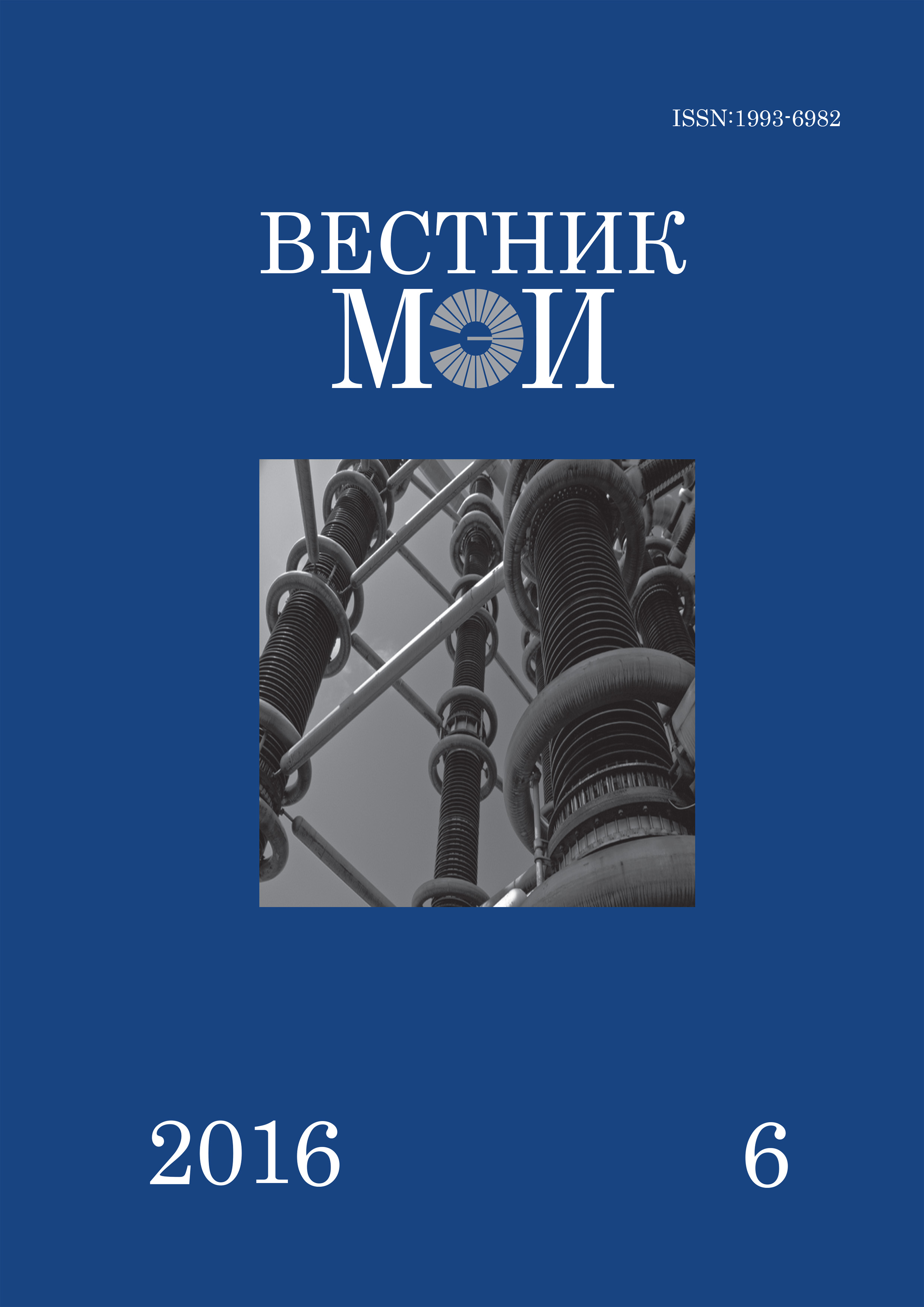Studying the methane steam conversion process in a microchannel thermochemical reactor
Abstract
A mathematical model of the methane steam conversion process in a microchannel thermochemical reactor is developed. The model describes a direct-flow reactor with microchannel reaction elements. The reaction elements are made in the form of tubes with a cylindrical catalytic insert. The annular channel has a 600-μm wide gap. The model is based on first-order differential equations describing the motion of steam-gas mixture and flue gases and on balance equations describing the heat-transfer conditions on the reaction element walls. The nonequilibrium nature of the chemical reactions and variation of the thermophysical properties of media moving along the channel length are considered. The radiation fluxes were monitored using the electrothermal analogy. The partial pressures of the components over the reaction element length were determined by means of hydraulic calculation. The mathematical model was checked by comparison with the experimental data obtained on a similar installation. The calculation results were found to be in good agreement with the experimental data. The natural gas conversion degree (in percentage terms) as a function of the reaction element length and the channel’s annular gap size is derived from the numerical experiment results. The velocity and heat transfer coefficient profiles in the reaction channel are obtained, which confirm a laminar heat transfer mode. The differences between the results obtained for the microchannel and the usual reactor are stemming from an essential reduction of the channel diameter. This reduction results in a higher ratio of the heat-transfer surface area to the pumped liquid volume, which in turn should lead to a rapid growth of the flow temperature and, as a consequence, to a growth in the rate of physical and chemical conversions over the reaction element length. Another influencing factor lies in a higher pressure difference across the channel length, which gives rise to changes in the pressure of mixture and in the partial pressures of its components. It is seen from the simulation results that the model constructed on the basis of a three-stage methane steam conversion reaction pattern and a heattransfer problem in the 1D statement shows good agreement with the experimental data. It is confirmed that by using a microchannel thermochemical reactor it becomes possible to reduce the mass and dimension characteristics of the installation as compared with those of traditional chemical reactors.
References
2. Носач В.Г. Энергия топлива. Киев: Наук. думка, 1989.
3. Murphy D.M. e. a. Methane steam reforming in a novel ceramic microchannel reactor // Intern. J. Hydrogen Energy. 2013. V. 38(21). P. 8741—8750.
4. Kuznetsov V.V., Vitovsky O.V., Gasenko O.A. Methane Steam Reforming in an Annular Microchannel with Rh/Al2O3 Catalyst // J. Eng. Thermophys. 2009. V. 18. Iss. 3. P. 187—196.
5. Grasso G. e. a. Methane Steam Reforming in Microchannel Reactors: Technical Challenges and Performances Benefits. Catalysis. 2011. V. 54. P. 859.
6. Монги Г.А.Р. Повышение эффективности высокотемпературных установок посредством термохимической рекуперации тепловых отходов: автореферат дис. ... канд. техн. наук. М., 2011.
7. Тарарыков А.В. Исследования в направлении совершенствования методики оценки энергосберегающего и экологического эффекта от применения термо-химической и комплексной регенерации теплоты уходящих газов: материалы дисс. … магистр. М., 2013.
8. Цветков Ф.Ф., Григорьев Б.А. Тепломассообмен. М.: Изд-во МЭИ, 2005.
9. Donata M.F. Multiphase flow in microchannels: Hydrodynamics and implementation in process engineering. Eidgenössische Technische Hochschule. Zürich, 2008.
10. Крейт Ф., Блэк У. Основы теплопередачи. М.: Мир, 1983.
11. Клименко А.В. Теоретические основы теплотехники. Теплотехнический эксперимент: справочник. М.: Изд-во МЭИ, 2001.




